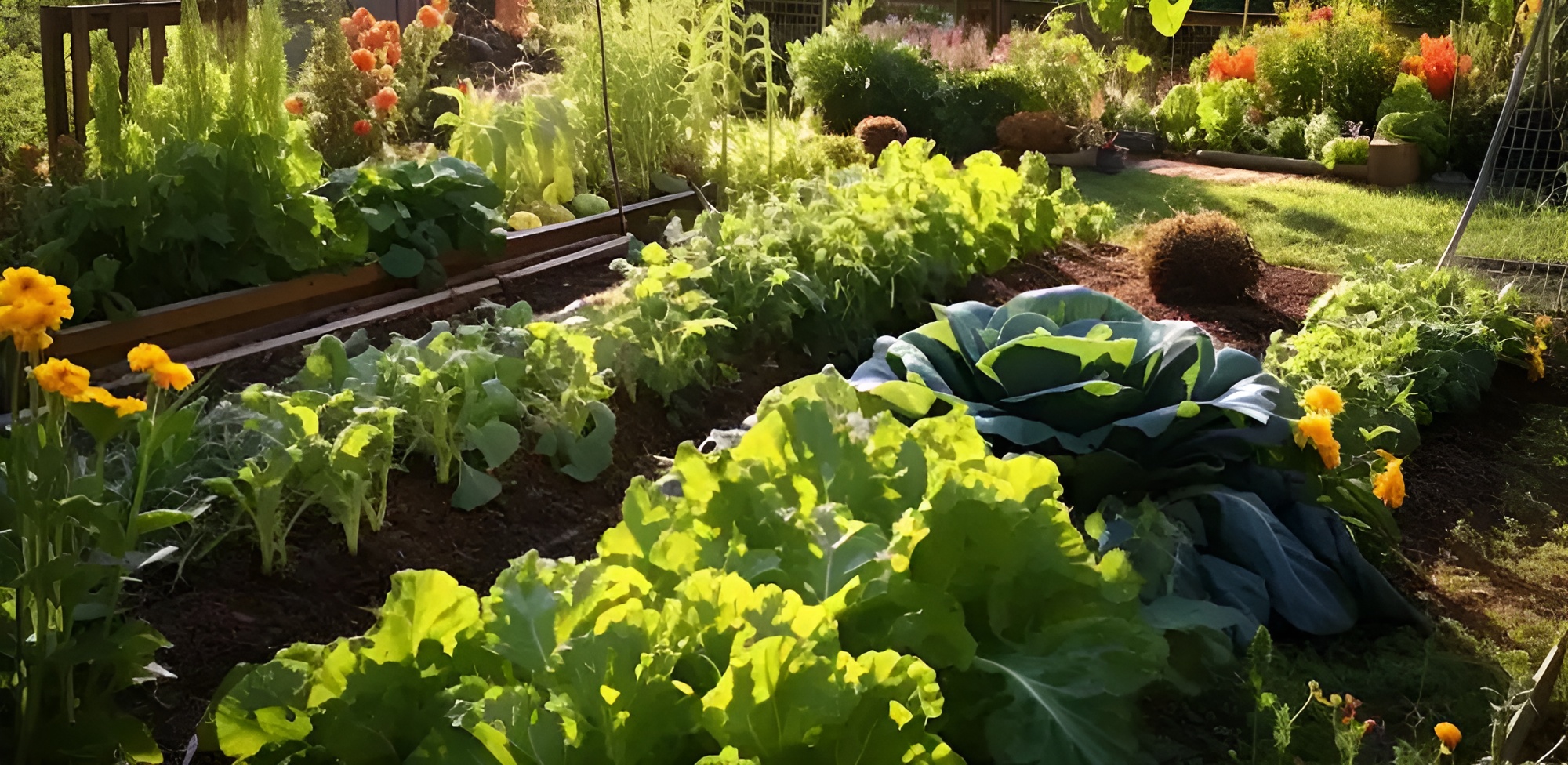
In the field of sustainable gardening, no-till is revolutionizing the way we manage our gardens. This approach not only nourishes the soil, but also respects the complex web of life beneath our feet. In this comprehensive guide, we explore the compelling reasons to adopt no-till gardening and provide detailed, step-by-step instructions to help you create a thriving, productive garden without destroying soil structure.

I. The philosophy behind direct sowing in the garden:
- Understanding Soil Ecosystems :
Soil is not just a medium for plant growth; It is a living, breathing ecosystem. Traditional tillage disrupts this ecosystem, destroying soil structure and damaging beneficial microorganisms. Direct sowing in the garden recognizes and preserves the complexity of soil life. - Sustainability and environmental protection :
By eliminating tillage, gardeners minimize their carbon footprint, reduce erosion, and help sequester carbon in the soil. This practice is in line with the principles of sustainability and environmental protection.
II. The various advantages of direct sowing in the garden:
- Improved soil health :
No-till gardens maintain a healthy soil structure. The undisturbed soil supports a vibrant community of microorganisms that supports nutrient recycling and improves soil fertility. - Improved Water Conservation :
The improved structure of the soil improves its ability to retain water, reducing the need for frequent watering and protecting your plants during dry periods. - Reduced Labor and Maintenance :
No tilling saves gardeners time and effort. This method also reduces weed growth, thereby reducing the time required for weeding. - Increase plant health and yield :
Plants in a no-till garden have better root development and access to nutrients, resulting in healthier plants and potentially higher yields.
III. Step-by-step instructions for starting your no-till garden:

Materials required :
- Cardboard or newspaper
- Composite
- Mulch (straw, leaves or wood chips)
- Organic fertilizer (optional)
- Seeds or seedlings
- Watering can or system
- Garden tools (for planting)
Step 1: Select your site
Choose a location that receives adequate sunlight (6-8 hours per day) and has access to water. Consider proximity to trees and buildings that provide shade or have roots that could affect your yard.
Step 2: Prepare the soil
If starting on a lawn or area with existing vegetation, lay down cardboard or several layers of newspaper to suppress grass and weeds. Moisten the materials thoroughly to help them break down faster.
Step 3: Create your layers
Add a thick layer of compost to the cardboard or newspaper. This serves as the primary growing medium for your plants. Add a layer of mulch on top to conserve moisture, regulate soil temperature, and further suppress weed growth.
Step 4: Plant your garden
Create small openings in the mulch layer to plant your seeds or seedlings. Make sure they have good contact with the underlying compost layer. For larger plants or root crops, you may need to remove more mulch to create enough growing space.
Step 5: Water and care
Water your garden as needed, focusing on the base of the plants. Continue adding layers of compost and mulch over time to nourish your garden and maintain soil structure.

No-till gardening is proof that you are working in harmony with nature and promoting a vibrant, healthy ecosystem right in your garden. By adopting this method, you are choosing a path of sustainability, protection and respect for the complex web of life beneath our feet. Embark on your no-till gardening journey and experience the transformation of your garden and the environment around you.
Inspired by that? Share the article with your friends!
